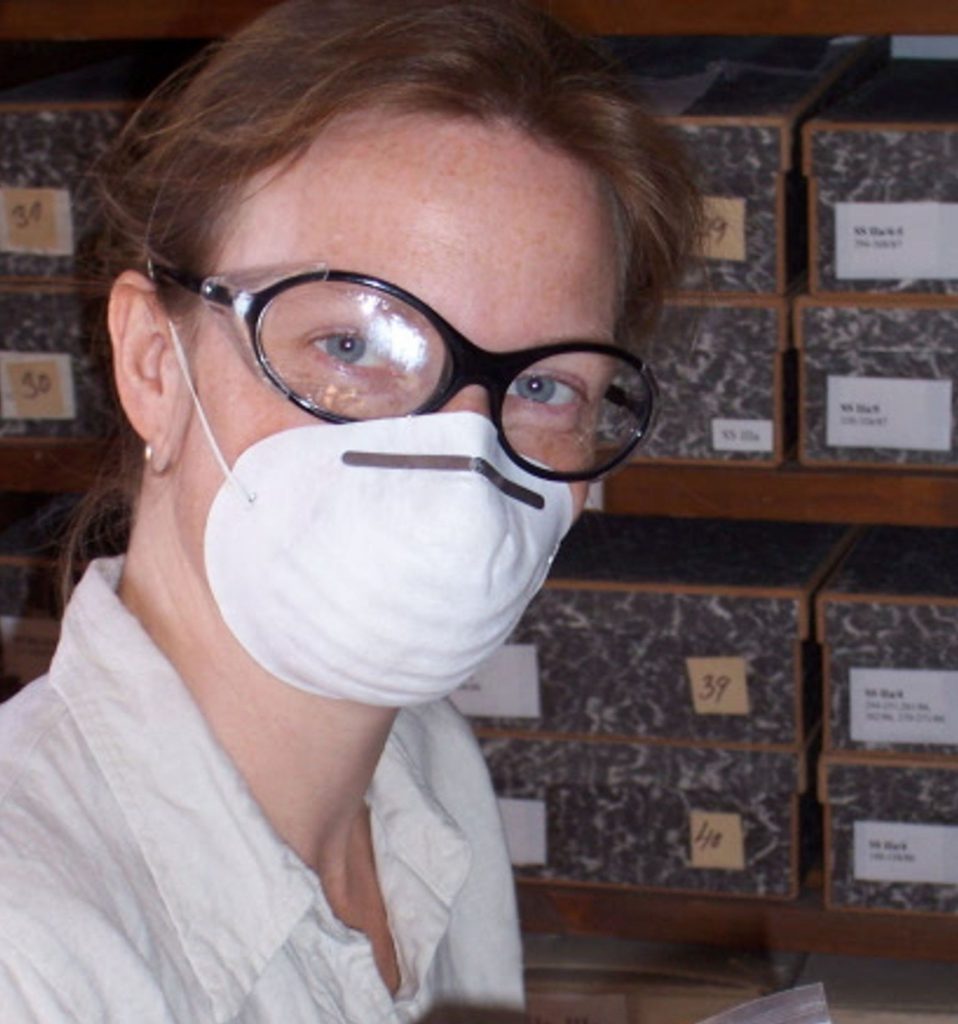Tamsin O’Connell is going to open our workshop with the session “Paleodiet and paleopathology: an overview”.
She is a chemist specializing in isotopic analysis for palaeodiet and palaeoclimate. She trained at the University of Oxford, and did her doctoral and postdoctoral research at the Research Laboratory for Archaeology and the History of Art with Prof Robert Hedges.Based at the Department of Archaeology at the University of Cambridge for the last decade, she has worked on all periods from the modern to the Palaeolithic, and on material from all seven continents of the globe. In her work, she has combined isotopic analyses with many other archaeological and archaeological science techniques, including palaeopathology. You can see her profile here: http://www.arch.cam.ac.uk/directory/tco21
Title of the talk: “Elemental approaches to past human lives” which will combine the overview of paleodiet and paleopathology.
In this talk, she will give an overview of both palaeodiet and palaeopathology, and discuss how these approaches can best be combined to address questions about past human lives, particularly considering issues of scale and resolution.
A few publications relevant to Dr. O’Connell’s presentation are listed below:
O’Connell T.C., Kneale C.J., Tasevska N. and Kuhnle G.G.C. (2012). The diet-body offset in human nitrogen isotopic values: a controlled dietary study. American Journal of Physical Anthropology, 149(3), 426-434. DOI: 10.1002/ajpa.22140.
Lightfoot E., Ŝlaus M. and O’Connell T.C. (2012). Changing cultures, changing cuisines: Cultural transitions and dietary change in Iron Age, Roman, and early Medieval Croatia. American Journal of Physical Anthropology, 148(4), 543-556. DOI: 10.1002/ajpa.22070.
Crowe F., Sperduti A., O’Connell T.C., Craig O.E., Kirsanow K., Germoni P., Macchiarelli R., Garnsey P. and Bondioli L. (2010). Water-related occupations and diet in two Roman coastal communities (Italy, first to third century AD): Correlation between stable carbon and nitrogen isotope values and auricular exostosis prevalence. American Journal of Physical Anthropology, 142(3), 355-366. DOI: 10.1002/ajpa.21229.
